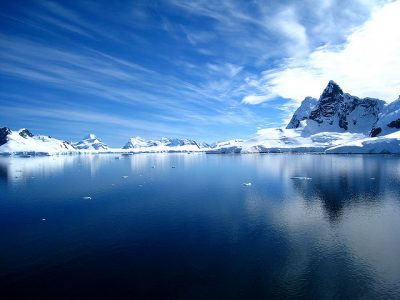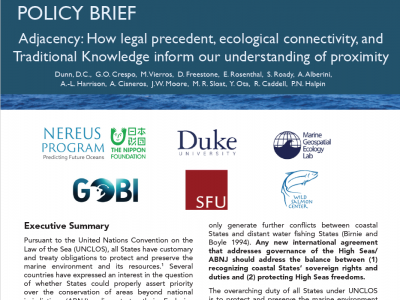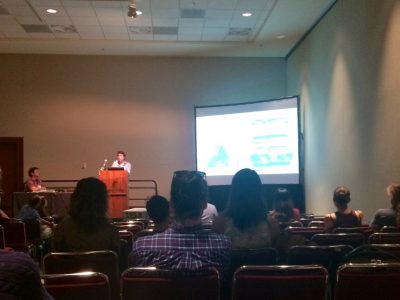Charting A Sustainable Course: Exploring Canada’s Fisheries panel event
Nereus Program Manager Andrés Cisneros-Montemayor was a panelist at the seminar “Charting A Sustainable Course: Exploring Canada’s Fisheries” hosted by OceanCanada and the Vancouver Aquarium on April 11, 2017. The event was in the format of a casual panel discussion; the panelists provided insight on current issues and future projections for local, Indigenous, recreational and commercial fisheries in Canada.













